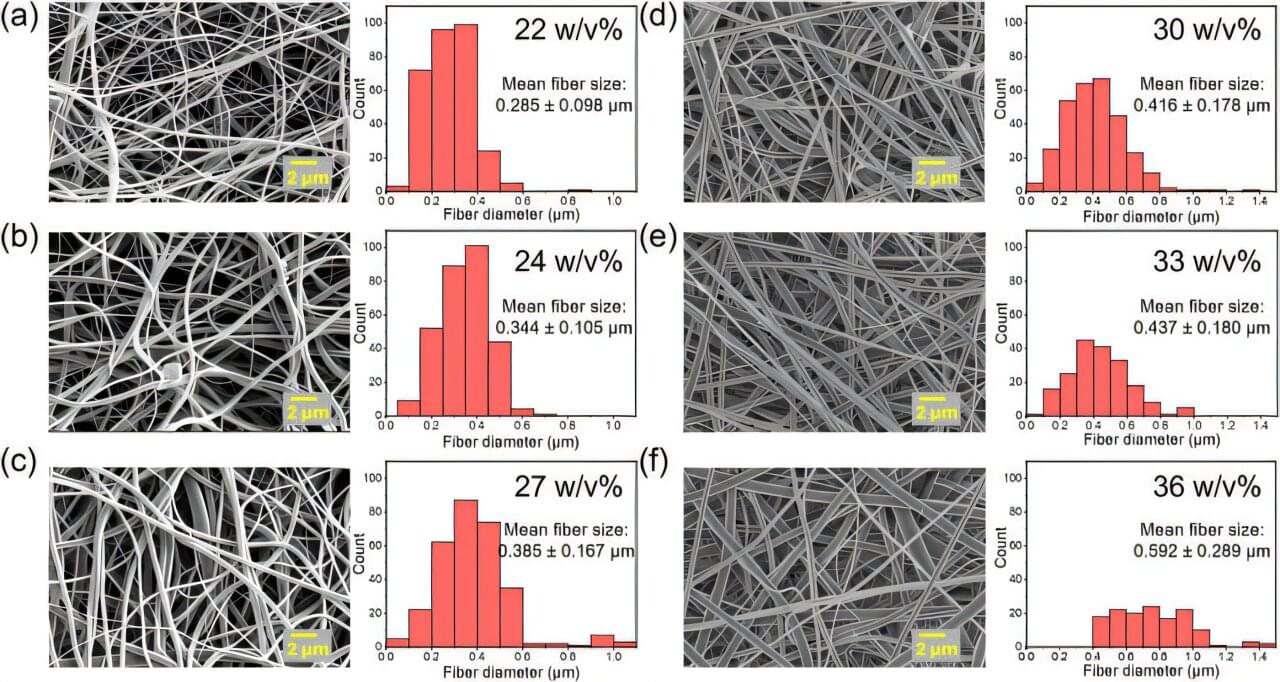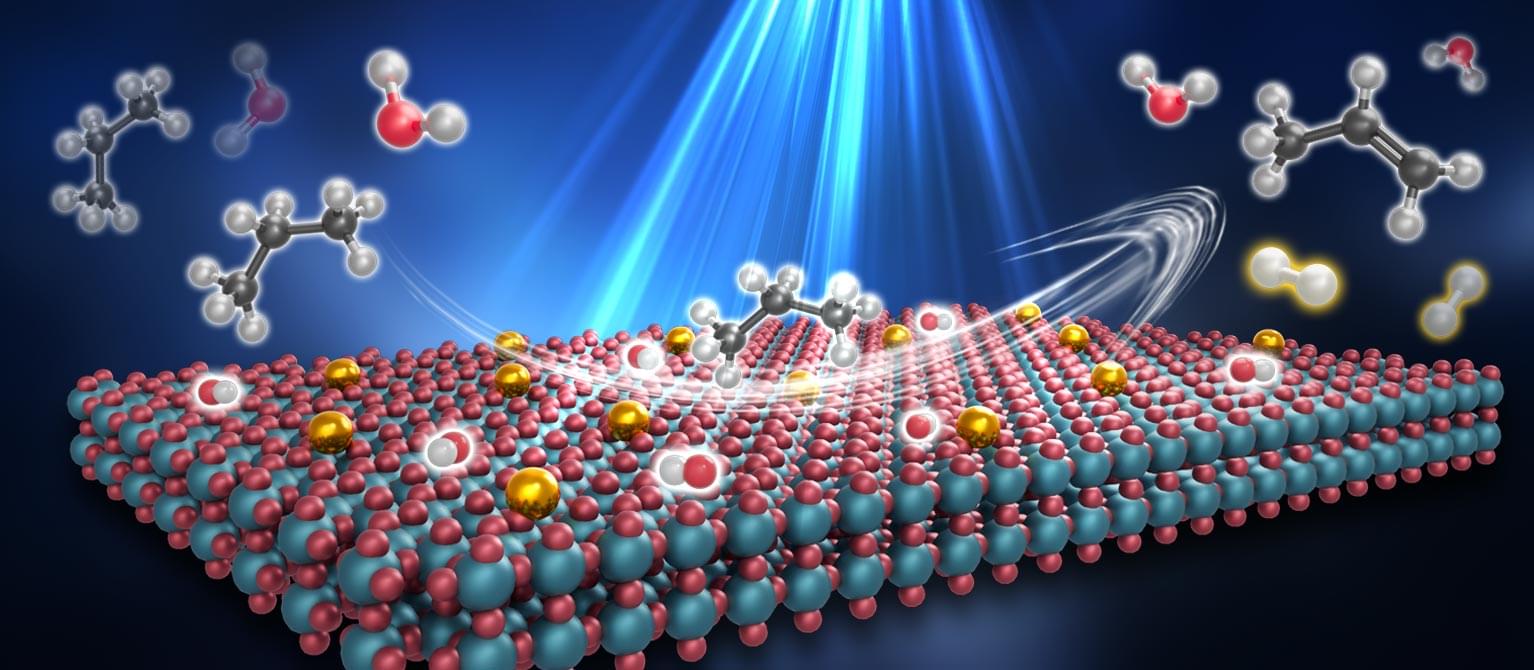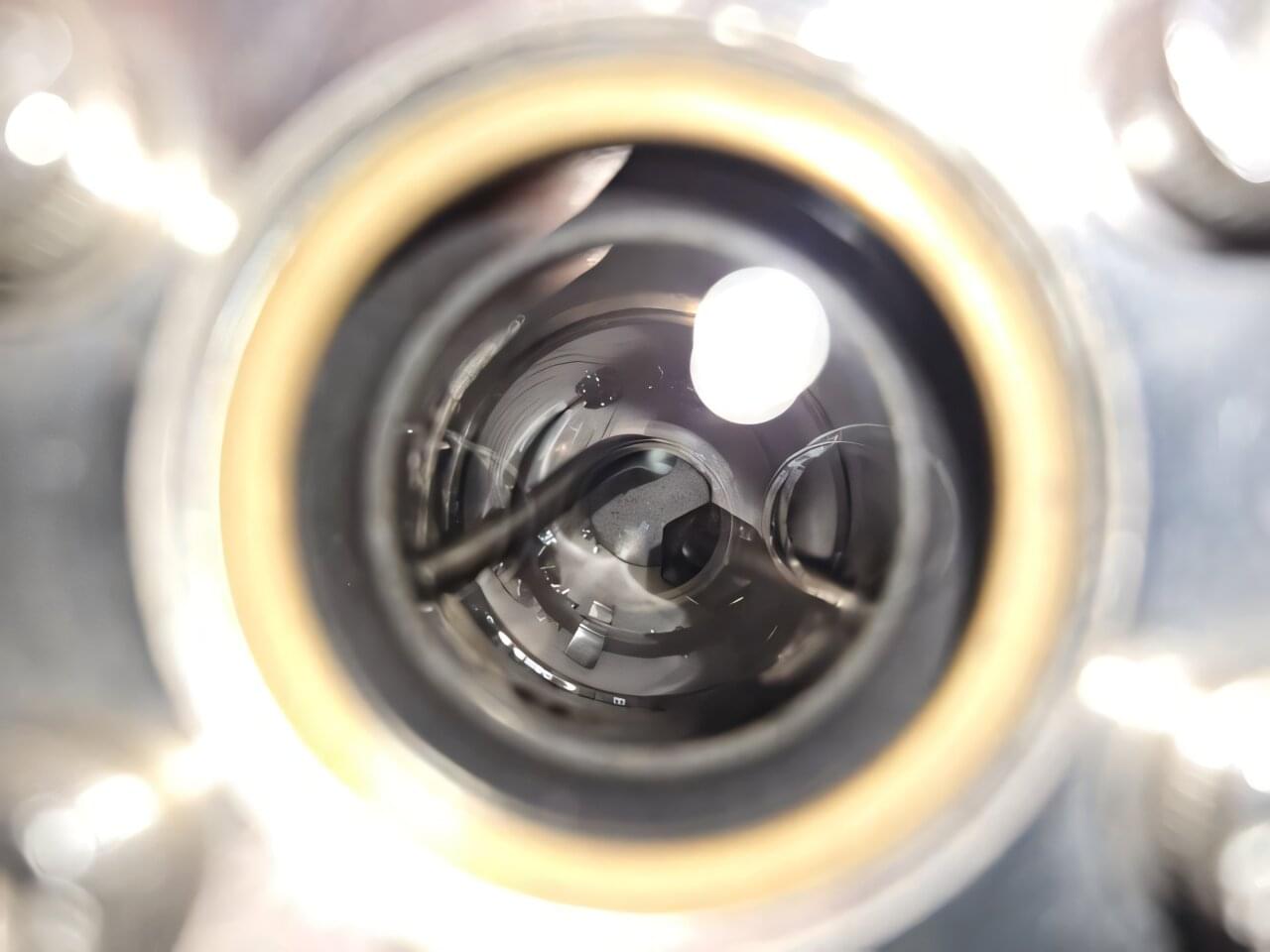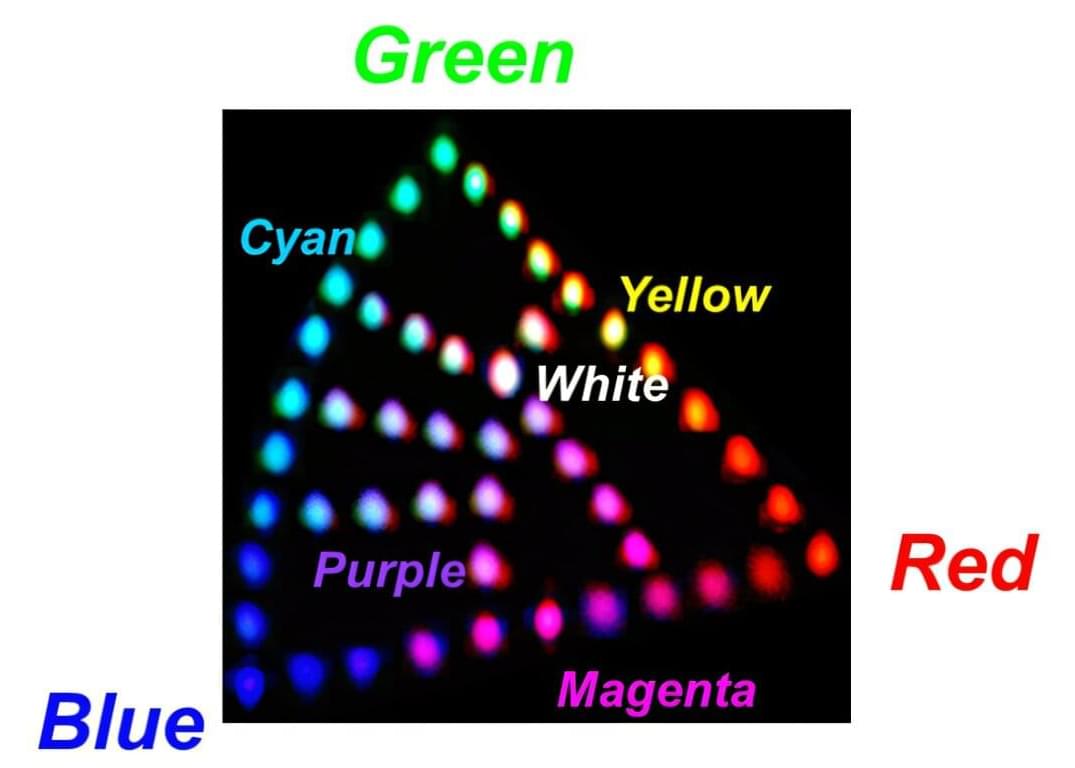Moleaer’s nanobubbles promise massive gains for batteries, hydrogen, and water tech while cutting energy footprints.



3D Systems is collaborating with researchers from Penn State University and Arizona State University on two projects sponsored by NASA intended to enable groundbreaking alternatives to current thermal management solutions.
Severe temperature fluctuations in space can damage sensitive spacecraft components, resulting in mission failure. By combining deep applications expertise with 3D Systems’ leading additive manufacturing solutions comprising Direct Metal Printing (DMP) technology and tailored materials and Oqton’s 3DXpert® software, the teams are engineering sophisticated thermal management solutions for the demands of next-generation satellites and space exploration.
The project led by researchers with Penn State University, Arizona State University, and the NASA Glenn Research Center in collaboration with 3D Systems’ Application Innovation Group (AIG) has resulted in processes to build embedded high-temperature passive heat pipes in heat rejection radiators that are additively manufactured in titanium. These heat pipe radiators are 50 percent lighter per area with increased operating temperatures compared with current state-of-the-art radiators, allowing them to radiate heat more efficiently for high-power systems.
By combining deep applications expertise with 3D Systems’ leading additive manufacturing solutions, research teams are engineering sophisticated thermal management solutions for the demands of next-generation satellites and space exploration.


Could clothing monitor a person’s health in real time, because the clothing itself would be a self-powered sensor? A new material created through electrospinning, which is a process that draws out fibers using electricity, brings this possibility one step closer.
A team led by researchers at Penn State has developed a new fabrication approach that optimizes the internal structure of electrospun fibers to improve their performance in electronic applications. The team has published its findings in the Journal of Applied Physics.
This novel electrospinning approach could open the door to more efficient, flexible and scalable electronics for wearable sensors, health monitoring and sustainable energy harvesting, according to Guanchun Rui, a visiting postdoctoral student in the Department of Electrical Engineering and the Materials Research Institute and co-lead author of the study.


China is rapidly scaling up its solar and wind energy infrastructure, accounting for nearly three-quarters of all utility-scale projects currently under construction worldwide, according to a new report from the Global Energy Monitor (GEM). With 510 gigawatts (GW) already under construction and a total pipeline of over 1.3 terawatts (TW), China is consolidating its position as a dominant force in the global energy transition.
This acceleration follows years of sustained growth. As of early 2025, China’s operating solar and wind capacity has reached 1.4 TW—equivalent to 44% of the global total and more than the combined capacity of the European Union, United States, and India. In the first quarter of this year, wind and solar supplied 22.5% of the country’s electricity, overtaking thermal power capacity for the first time.
The majority of China’s new capacity is coming from centralized utility-scale projects, particularly in northern and western regions such as Xinjiang and Inner Mongolia, which host nearly 40% of the country’s planned solar and wind capacity. In 2024 alone, China added 278 GW of solar and 46 GW of wind.

Scientists have developed a technology that may help humans survive on the moon. In a study published in the journal Joule, researchers extracted water from lunar soil and used it to convert carbon dioxide into oxygen and chemicals for fuel—potentially opening new doors for future deep space exploration by mitigating the need to transport essential resources like water and fuel all the way from Earth.
“We never fully imagined the ‘magic’ that the lunar soil possessed,” said Lu Wang of the Chinese University of Hong Kong, Shenzhen.
“The biggest surprise for us was the tangible success of this integrated approach. The one-step integration of lunar H2O extraction and photothermal CO2 catalysis could enhance energy utilization efficiency and decrease the cost and complexity of infrastructure development.”


Prof. Michael Murrell’s group (lead author Zachary Gao Sun, graduate student in physics) in collaboration with Prof. Garegin Papoian’s group from the University of Maryland at College Park has found critical phenomena (self-organized criticality) that are reminiscent of the earthquakes and avalanches inside the cell cytoskeleton through self-organization of purified protein components.
In a groundbreaking discovery, researchers have found that the cell’s cytoskeleton—the mechanical machinery of the cell—behaves much like Earth’s crust, constantly regulating how it dissipates energy and transmits information. This self-regulating behavior enables cells to carry out complex processes such as migration and division with remarkable precision.
Even more striking, the study draws parallels between the behavior of microscopic cellular structures and massive celestial bodies, suggesting that the principles of criticality—where systems naturally tune themselves to the brink of transformation—may be universal across vastly different scales of nature.

As technology advances, photonic systems are gaining ground over traditional electronics, using light to transmit and process information more efficiently. One such optical system is laser beam scanning (LBS), where laser beams are rapidly steered to scan, sense, or display information.
This technology is used in applications ranging from barcode scanners at grocery stores to laser projectors in light shows. To process a wider range of signals or enable full-color output, these systems utilize multiplexers that merge the red, green, and blue (RGB) laser beams into a single beam.
Traditionally, this was achieved by directly modulating each laser, turning them on and off to control the output. However, this approach is relatively slow and energy intensive. A recent study by researchers at the TDK Corporation (Japan) reports the development of a faster and more energy-efficient RGB multiplexer based on thin-film lithium niobate (TFLN).